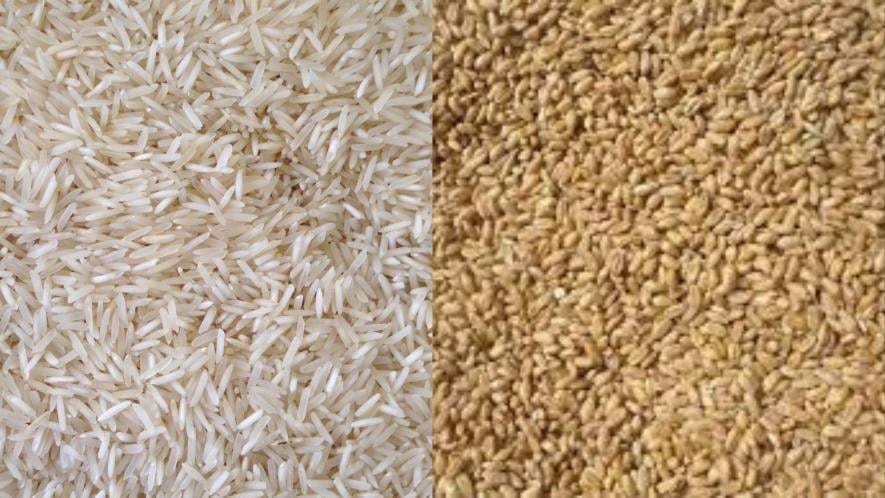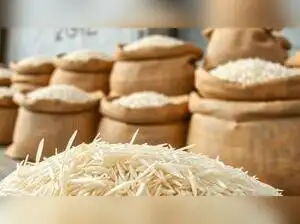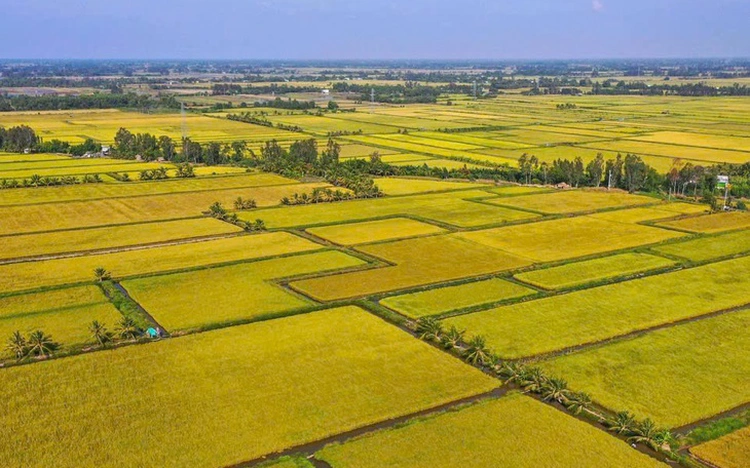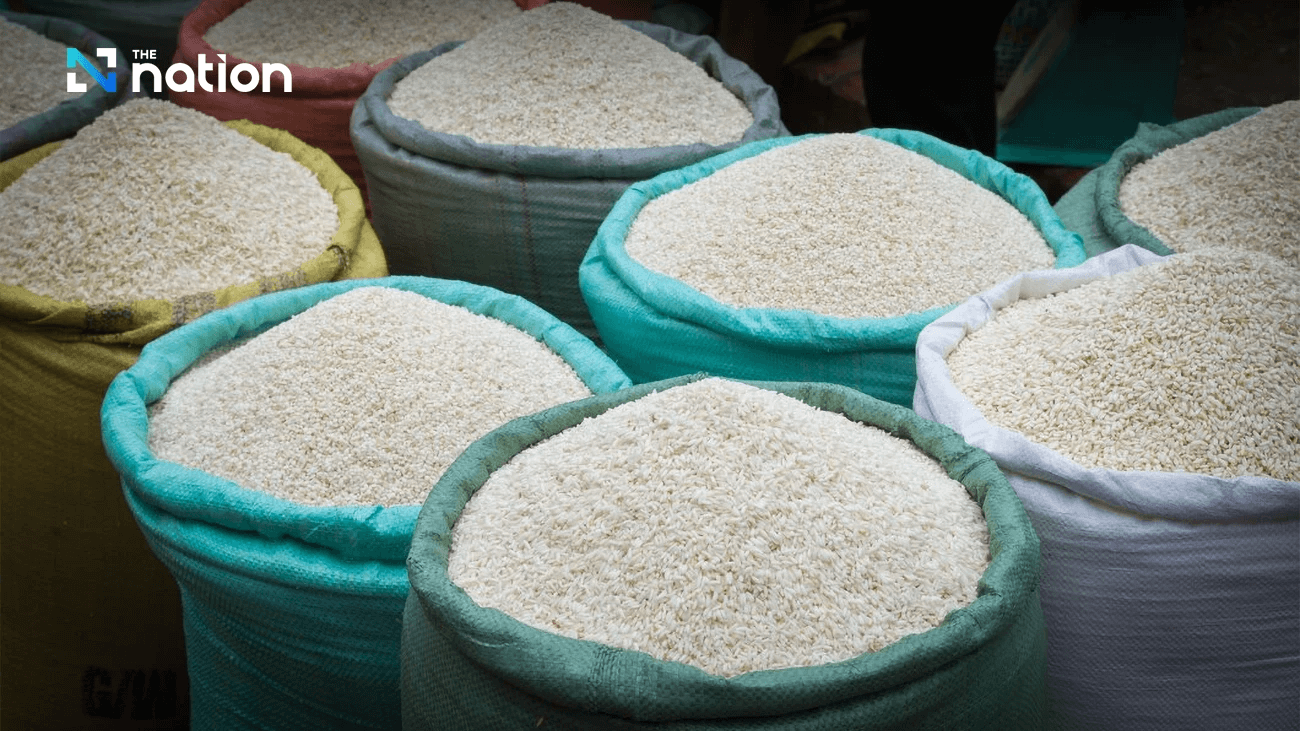Tags
Rice and Wheat low in Food Value, High on Toxins, Shows Study
The study has assessed the health impact of a’ historical shift’ in the nutrient profiles of rice and wheat.

Image Courtesy: Wikimedia Commons
New Delhi/Patna: Rice and wheat, the staple diet of people in India, are low in food value and high in toxins, according to a recent study led by scientists from the Indian Council of Agricultural Research (ICAR) and reported by New Delhi-based CSE’s Down To Earth magazine.
It may shock many, but ICAR scientists pointed out that high-yield varieties of foodgrains show a drastic decline in the concentration of essential micronutrients like zinc and iron. Scientists also found very high concentrations of arsenic in rice.
“For the past 50 years, India has been introducing high-yielding rice and wheat varieties at breakneck speed to achieve food security. The ICAR-led study has examined the food value of these modern grains and reports that breeding programmes focused on developing high-yielding varieties have altered the nutrient profiles of rice and wheat — to the extent that their dietary and nutritional value has gone down,” said the magazine.
The study has assessed the health impact of this “historical shift” in the nutrient profiles of rice and wheat. It warned that the impoverished staple grains could worsen the country’s growing burden of non-communicable diseases (NCDs).
Addressing a webinar organised by the magazine in New Delhi on Tuesday, Biswapati Mandal, former Professor, Directorate of Research, Bidhan Chandra Krishi Viswavidyalaya, West Bengal, said when the Green Revolution began in India, the aim was to feed the rapidly growing population and become self-sufficient in food production. Hence, the main motive of agricultural scientists was to improve yield. “After the 1980s, the focus of breeders shifted to developing varieties that were resistant to pests and diseases and tolerant to stresses such as salinity, moisture and drought. They did not have the luxury of thinking whether the plants were taking in nutrients from the soil or not. Hence, over a period of time, what we are seeing is that plants have lost their capacity to take up nutrients from the soil,” said Mandal, the study’s co-author.
The 2023 study is an extension of another study that scientists from ICAR and Bidhan Chandra Krishi Viswavidyalaya conducted in 2021. The study explored the reasons for zinc and iron deficiency in populations dependent on a cereal diet — high-yielding cultivars of rice and wheat, when tested, revealed a downward trend in grain density of zinc and iron.
Sovan Debnath, Soil Scientist, ICAR-Central Agroforestry Research Institute, Jhansi, and the lead author of the study, said, “Our experiments showed that modern-bred cultivars of rice and wheat are less efficient in sequestering nutrients like zinc and iron, despite their availability in soil.”
The 2021 study also showed that the increase in the proportion of the global population suffering from zinc and iron deficiency over the last four decades coincided with the global expansion of high-yielding, input-responsive cereal cultivars released in the post-Green Revolution era.
The magazine’s report highlighted that in the past 50 years, the concentration of essential nutrients like zinc and iron has decreased by 33% and 27% in rice, and by 30% and 19% in wheat, respectively.
Further, the concentration of arsenic, a toxic element in rice, has increased by 1,493%. “In other words, our staple foodgrains are not only less nutritious but also harmful to health. Amid continuous genetic tampering under the modern breeding programme, the plants have also lost their natural evolutionary defence mechanisms against toxins,” said the magazine.
Shagun of the magazine said that a depleted concentration of essential nutrients in staple grains could result in a higher prevalence of diseases related to neurological, reproductive and musculoskeletal systems.
She further said, “Agricultural practices that the Green Revolution shaped have often been criticised for their impact on environment and food systems. But discussions have rarely moved beyond the impact on soil degradation, surface water pollution, groundwater depletion and mono-cropping. This study has put the spotlight on the impact of the Green Revolution on the nutritional security of India.”
According to a report in the magazine, significant efforts are being made in the country to improve the nutritional profile of food grains. Agricultural scientists have turned to landraces and wild species of cultivated varieties for answers. Under a special project on bio-fortification, launched by the Union government, scientists at ICAR and other agriculture universities have undertaken germplasm exploration to find donor varieties high in nutritional content. So far, institutes under ICAR have developed 142 bio-fortified varieties.
https://www.newsclick.in/rice-and-wheat-low-food-value-high-toxins-shows-studyPublished Date: January 24, 2024






